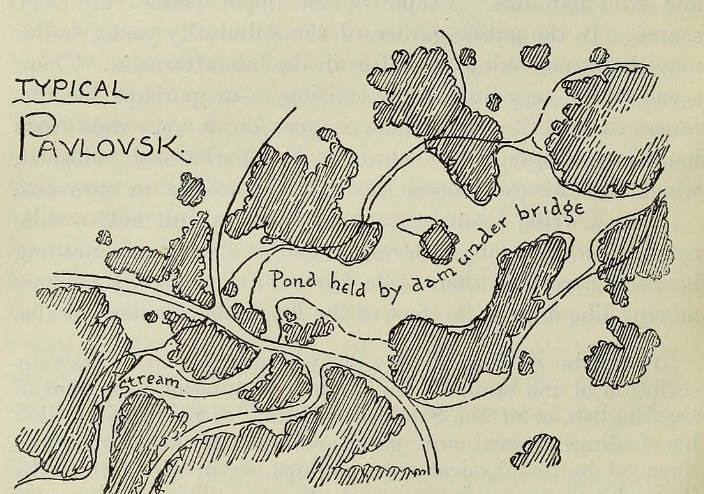Charles Eliot: The Visionary Landscape Architect Who Shaped America’s Green Spaces
Charles Eliot is a name that resonates in the field of landscape architecture. Known for his innovative designs and unwavering commitment to the environment, Eliot played a significant role in shaping America’s public parks and natural spaces. Understanding his contributions provides insight into the importance of landscape architecture in our everyday lives, as well as the preservation of our natural resources.
The Impact of Charles Eliot’s Designs
Charles Eliot’s work marked a transformative period in landscape architecture during the late 19th and early 20th centuries. He was highly influential in advocating for the creation of public spaces that were not only beautiful but also accessible to everyone. One of his most notable projects was the design of the Metropolitan Park System in Boston, which linked parks, ponds, and natural areas, providing residents with ample opportunities to connect with nature. Eliot’s designs emphasize harmony with the natural landscape, encouraging communities to appreciate and enjoy their surroundings.
Promoting Environmental Conservation
Eliot’s commitment to environmental conservation was ahead of his time. He believed that access to nature is crucial for physical and mental well-being. His advocacy helped pave the way for the conservation movement in the United States, inspiring future generations to protect natural resources. By integrating ecological principles into his designs, Eliot demonstrated how parks could serve as vital ecosystems, balancing human use with the need for biodiversity. His foresight in promoting sustainable practices remains relevant today as we continue to confront environmental challenges.
Legacy and Continued Influence
The legacy of Charles Eliot is evident in the numerous parks and green spaces we enjoy today. His principles have inspired many landscape architects, urban planners, and community organizers seeking to create vibrant, inclusive public spaces. Organizations like the American Society of Landscape Architects regularly cite Eliot’s work as a benchmark for best practices in design and environmental stewardship. Moreover, his emphasis on community engagement in landscape projects encourages everyone to participate in the planning and preservation of their local environments, ensuring that parks remain a cherished public resource for future generations.
In conclusion, Charles Eliot’s contributions to landscape architecture have profoundly shaped how we interact with nature in urban settings. By exploring his life and work, we can inspire ourselves to advocate for sustainable practices and make the most of our public spaces. Dive deeper into Eliot’s legacy and see how you can contribute to the preservation and appreciation of the natural world around you.

